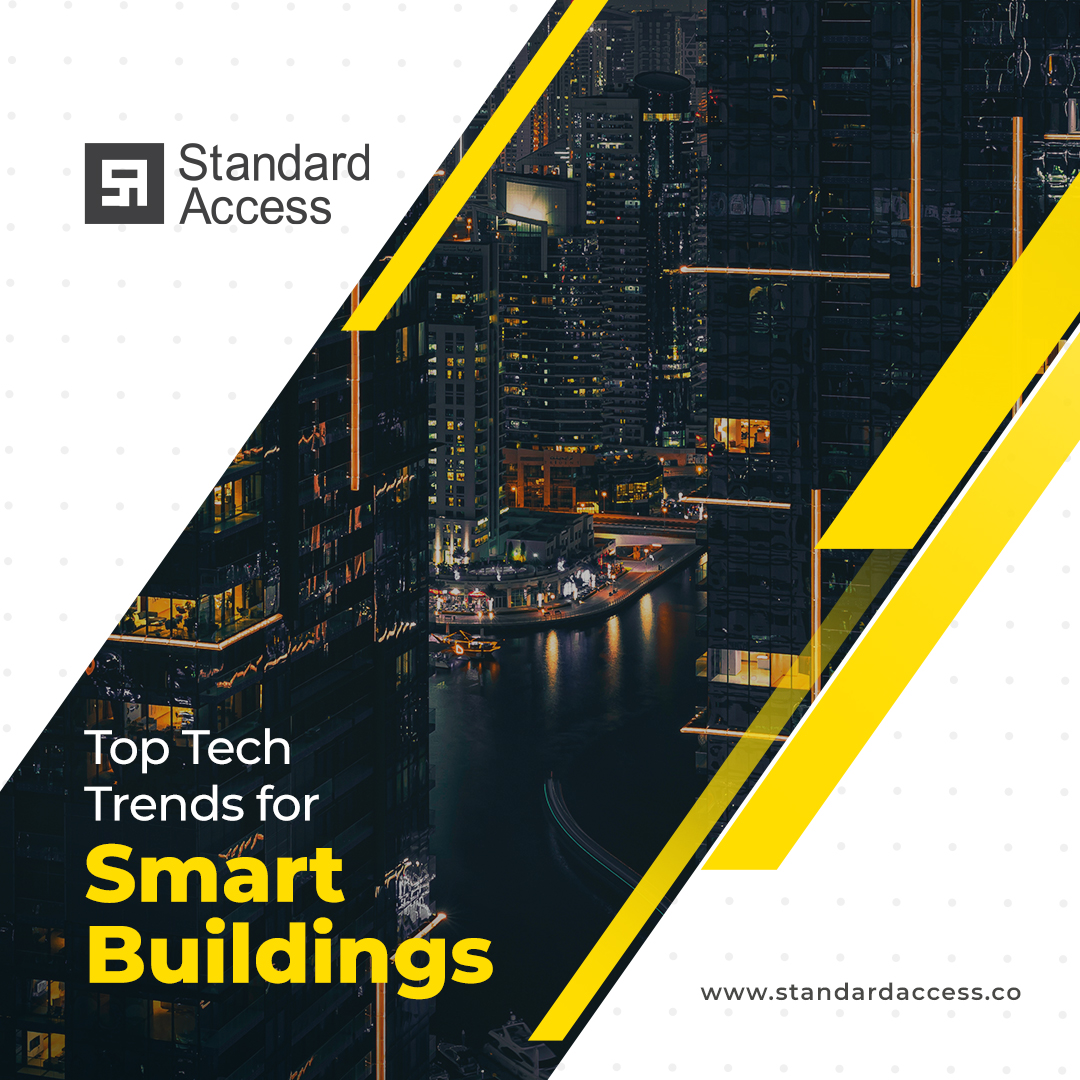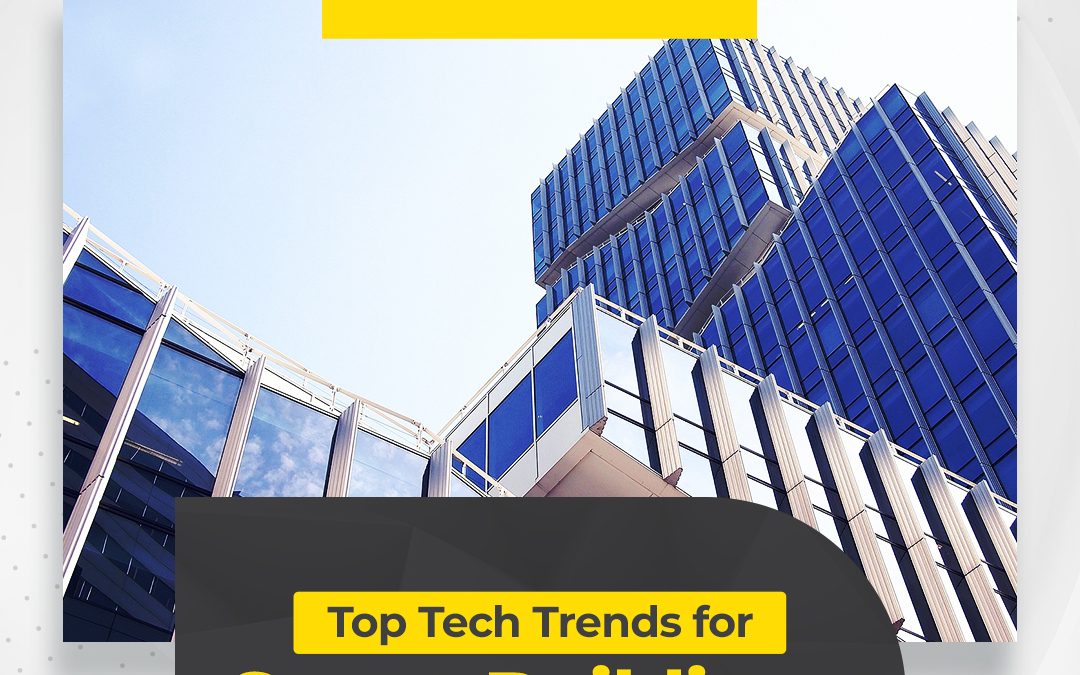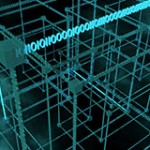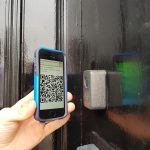Smart buildings use technology to automate and keep safe our living and working environments. Through sensors, smart devices, actuators, and microchips, buildings are now able to regulate many operations safely and efficiently. Functions such as security access, lighting, temperature, and air quality are now connected to intelligent software systems that keep a building “connected”. With the smart building industry moving at a rapid pace, keeping ahead of the changes can be daunting. With that in mind, here are five important developments within the Smart Buildings industry to look out for:
Sustainability Measures
With the world still wrestling with the issue of climate change and the IPCC’s sixth report painting a less than rosey forecast should things not change, sustainability is at the top of most agendas. There is, therefore, a trend towards smart energy management solutions. This tech allows facilities managers to keep on top of energy usage, using real-time data to understand where improvements could be made. This trend will see measures such as the powering down of devices after work hours when nobody is detected in a building. Similarly, energy savings can be made in regards to heating and lighting, switching to lower power modes when suitable. While implemented in some buildings already, with studies such as the CBRE Ireland’s (https://standardaccess.co/real-estate-technology-supporting-esg/) highlighting the increasing importance of sustainability, it is likely these solutions will now become commonplace to meet government guidelines.
More Integration of IoT and Digital Twins
Powering these changes are smart technology, especially IoT devices, which will see continued integration over the coming years. These internet-connected devices are now household mainstays with the likes of Google Home and Amazon Echoes. While these devices seek to interact with the individual directly, most IoT devices used in smart buildings are invisible and do their jobs silently behind the scenes. Through arrays of sensors and onboard control mechanisms, these networked devices become “smart,” using the streams of real-time data being fed to them to transform the built environment. This trend is continuing because smart buildings are increasingly relying on the use of a digital twin. Digital twins allow facilities managers to manage the physical asset through a dynamic software representation. This real-time simulation of a building is slowly replacing outdated building management systems but is only as useful as the information it is being fed. IoT devices are therefore vital to supplying digital twins with information on a building’s occupancy, temperature, lighting, movement patterns, and safety. You can read more about IoT devices here (https://standardaccess.co/cybersecurity-for-real-estate-securing-smart-buildings-part-2/).
Increased Focus on Cyber Security
While the integration of IoT devices is making buildings smarter, they are potentially also making them less secure. Without robust security measures such as Standard Access’ Digital Spine (https://standardaccess.co/watch-back-digital-spine-operating-system-for-smart-buildings/), connecting a building to the outside world opens it up to cyber-attacks. With many buildings retrofitted with ad-hoc smart solutions, nearly half of all smart buildings in 2019 suffered some form of attack. Smart building tech and facilities managers are therefore becoming more aware of cybersecurity measures. With many building management systems (BMS) vulnerable to attacks, the risk is not just to data and the IT systems but also to the health of occupants with security, HVAC, lighting, and temperature all now connected.
Encryption’s Role in Keeping Data Private
The nature of built environments offers value now as ongoing services. Known as space as a service (SPaaS), real estate as a whole now has to handle an enormous amount of data. Essential to the security of these services is encryption, something more and more proptech solutions will need to integrate. With Standard Access’ Digital Spine (https://standardaccess.co/watch-back-digital-spine-operating-system-for-smart-buildings/) already integrating highly secure encryption, it is already ahead of this trend. Encryption ensures that data sent and received can only be read or interpreted by relevant parties. With many IoT devices using insecure data protocols, smart buildings are potentially opening themselves up to data leaks and more. This increasing concern about cybersecurity will likely see encryption used across the board, scrambling data, and keeping buildings safe.
You can read more about encryption here (https://standardaccess.co/cybersecurity-for-real-estate-securing-smart-buildings-encryption/).
Predictive Maintenance and Building Adaptability
With the rise of smart building tech, it is likely we will see fewer issues in the maintenance of a building. Predictive maintenance seeks to use IoT devices and sensors to address potential issues before they become bigger problems. Facilities managers will be able to schedule regular, automated tests that will ensure audits and reports are completed timely. This not only makes things easier for staff but also provides exact and exportable data that can be used to pinpoint issues in systems such as heating and security.
As well as predictive maintenance, we will also see technology used to help deal with a changing workforce. With the pandemic changing the way we live and work, smart solutions such as Standard Access’ Sonic Handshake and Virtual Key (https://standardaccess.co/product/) can help ensure only those who should be in a building have access. A smart building’s array of sensors and devices will now become vital in keeping working environments comfortable if rooms become multifunctional, changing temperature and lighting on the fly.
About Standard Access:
Established in 2014 by Damien Browne, Standard Access is the global leader in IoT digital spine secure data transmission for smart building technologies, providing solutions for contactless building access through the patented Sonic Handshake®, along with a suite of AI-enabled solutions for building owners/operators and their tenants. www.standardaccess.co







